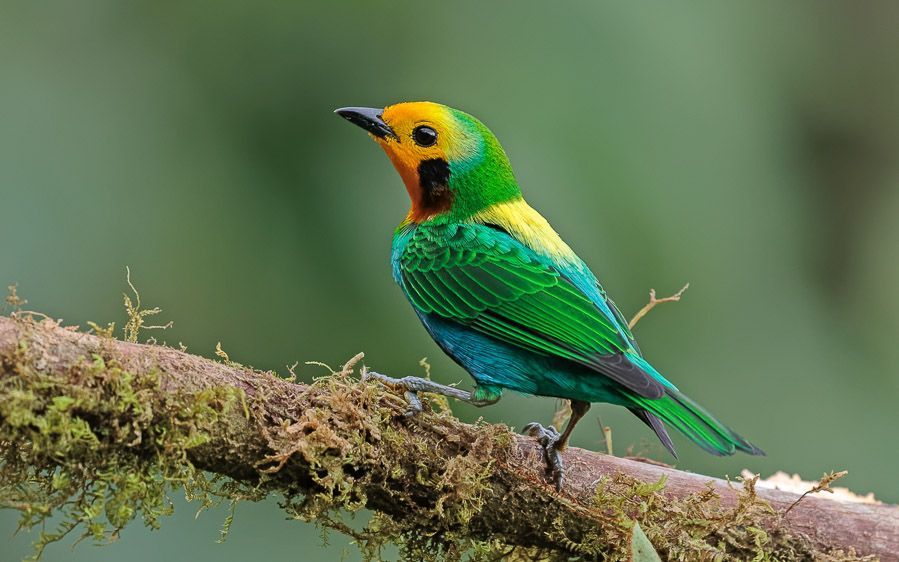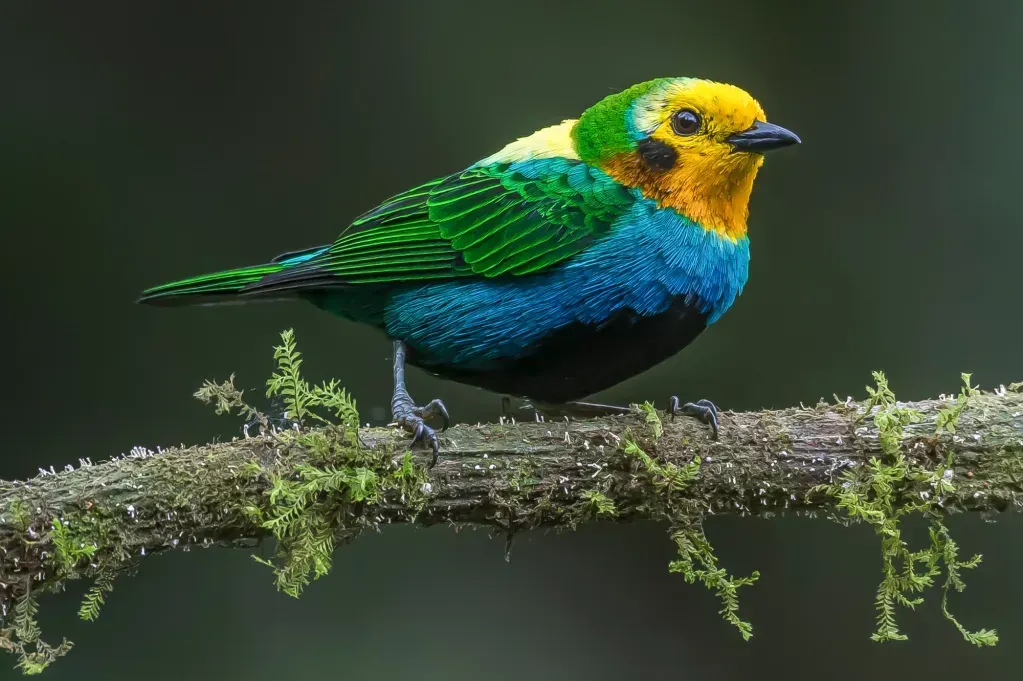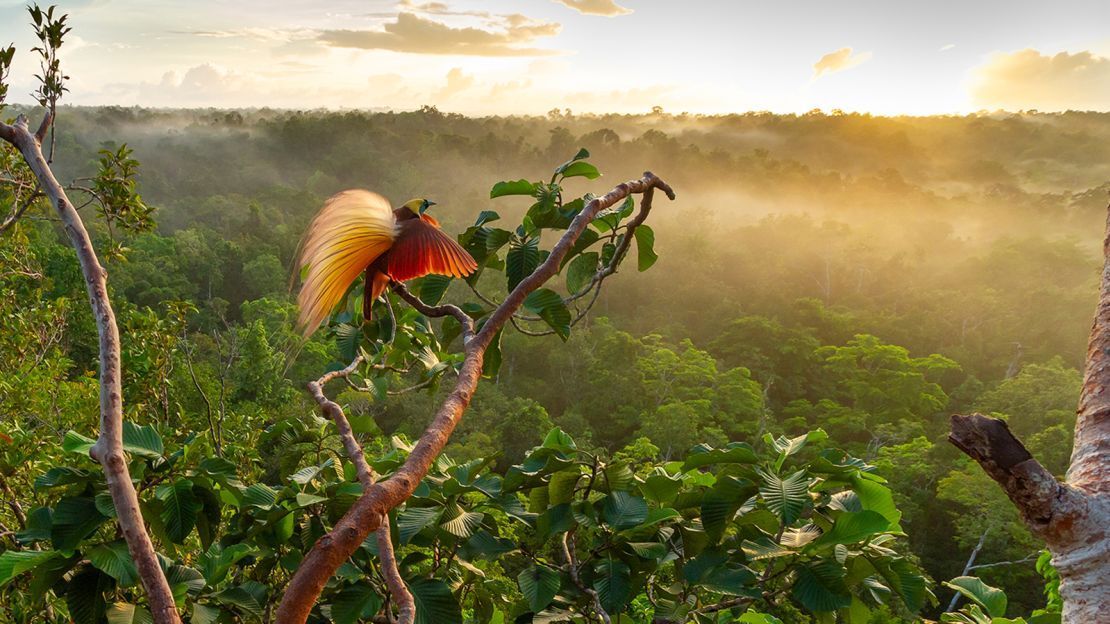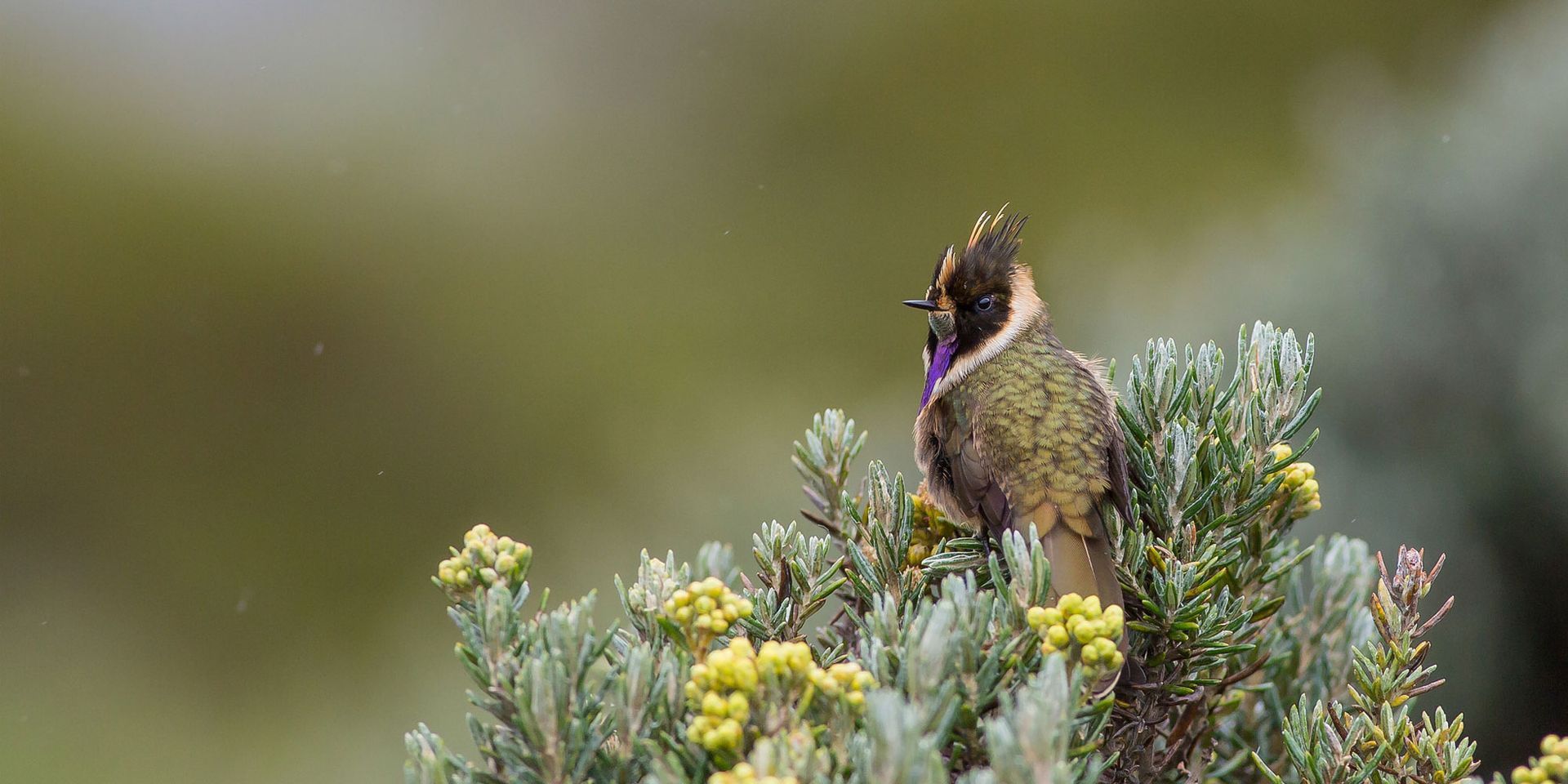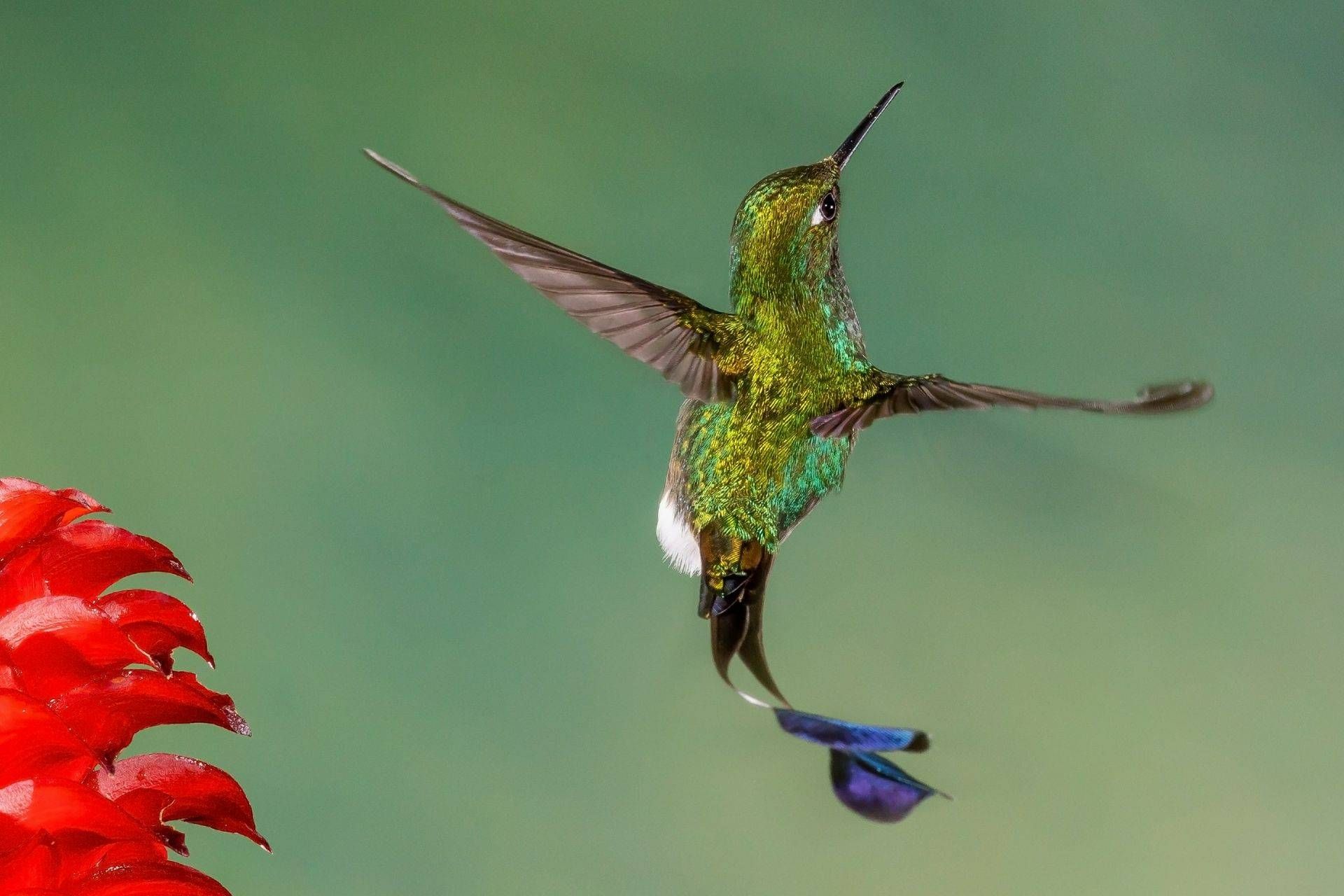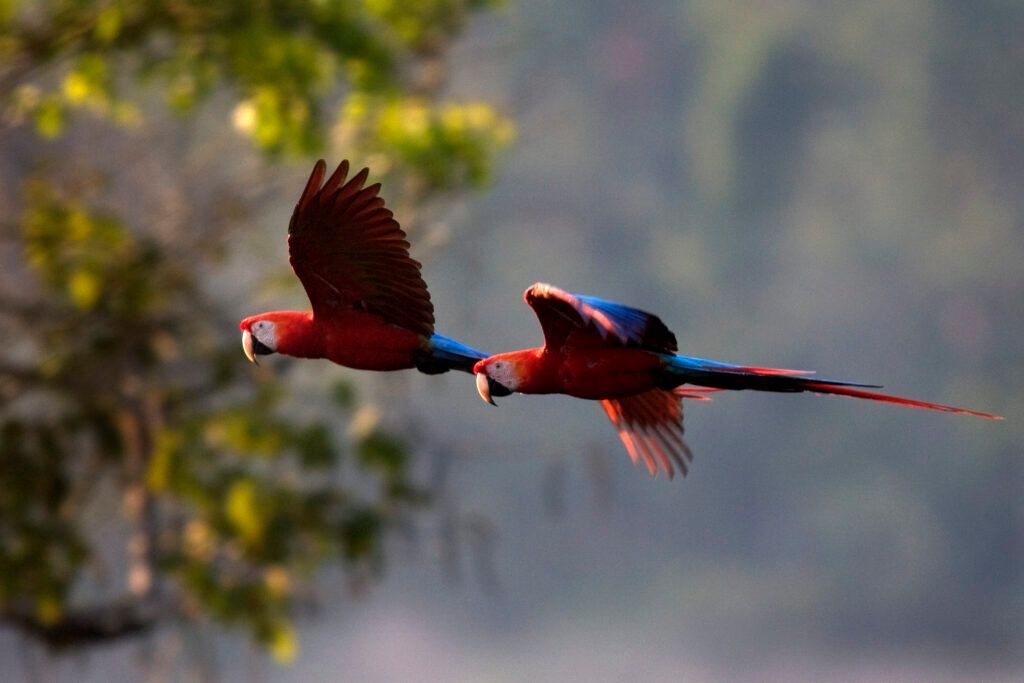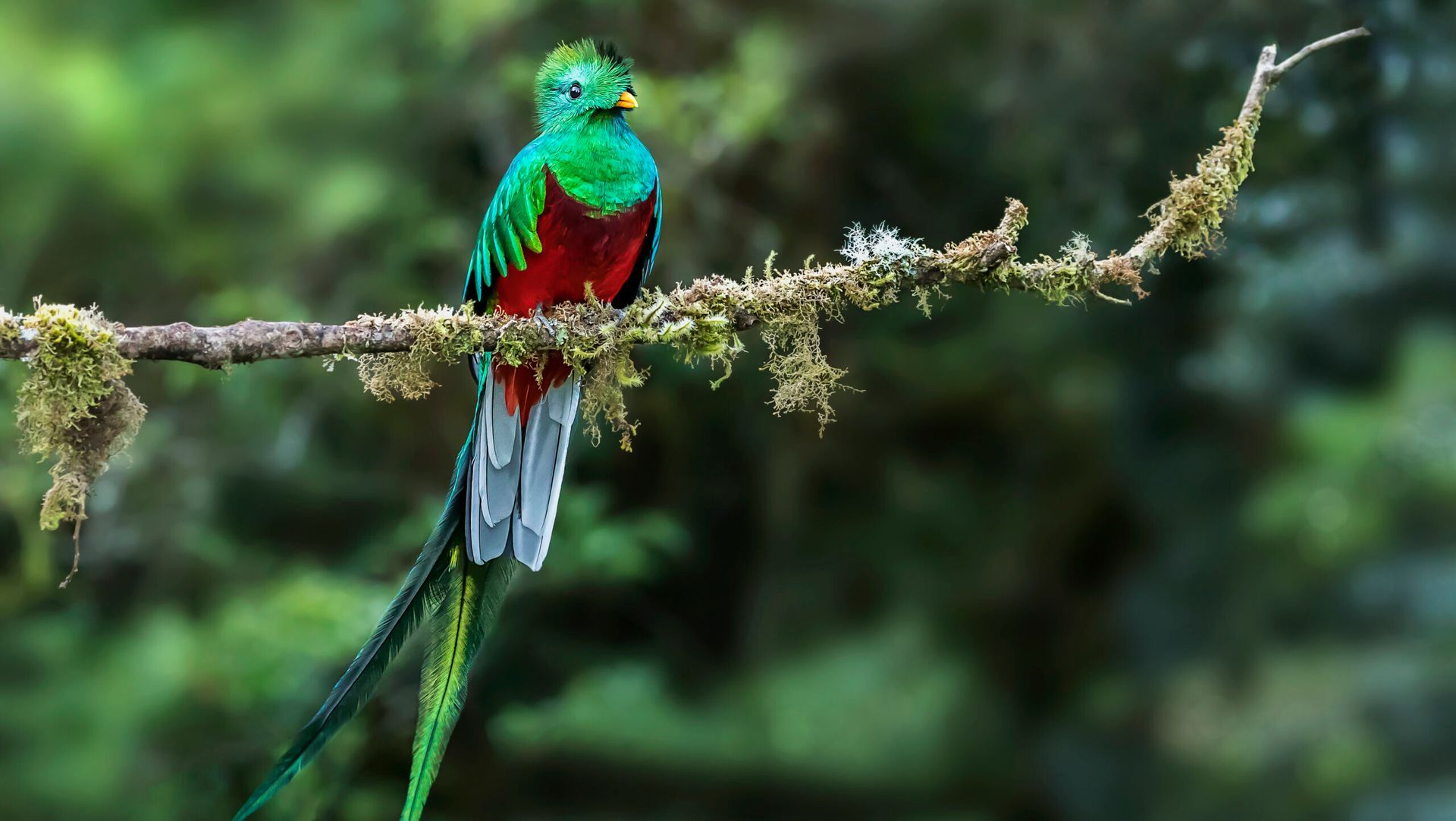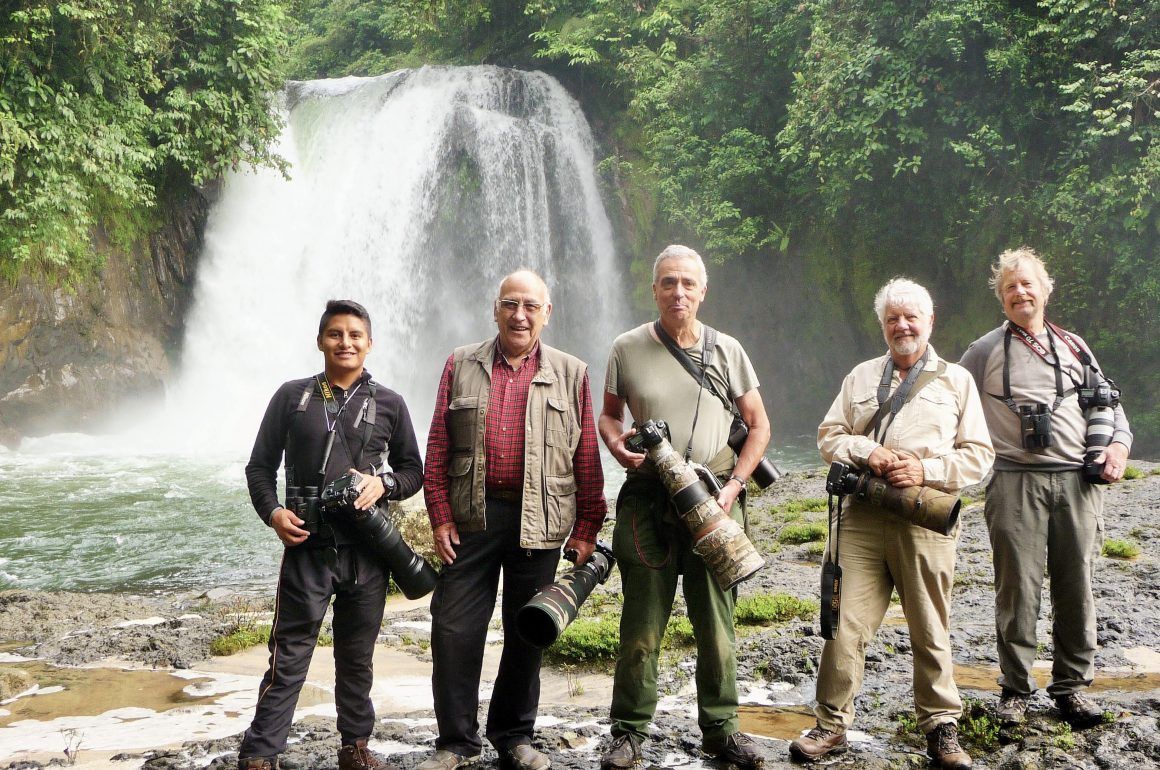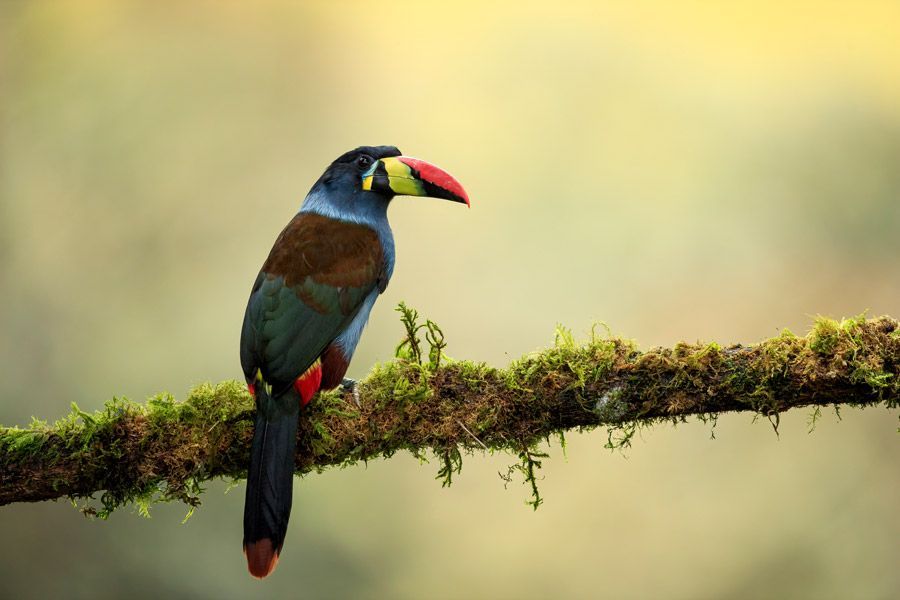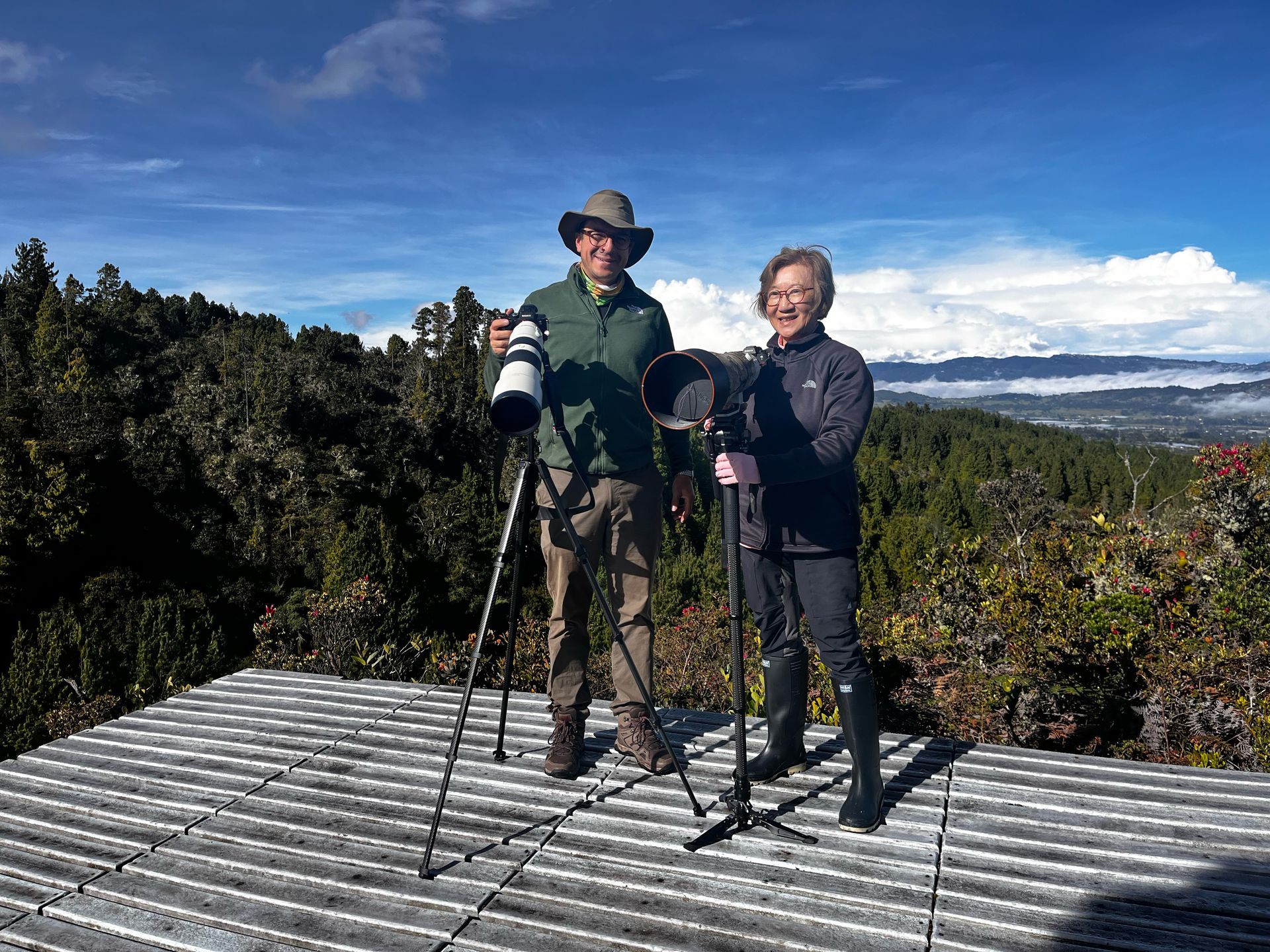Rare Bird Photography Opportunities in South America’s Top Locations
Rare Bird Photography Opportunities in South America’s Top Locations
South America is an extraordinary destination for bird photographers, offering some of the richest avian biodiversity in the world. From the lush rainforests of Colombia and Ecuador to the highlands of Peru and the wetlands of Brazil, every region provides opportunities to capture stunning, rare, and sometimes elusive bird species. For photographers seeking to document birds in their natural habitats, this continent is a treasure trove of vibrant plumage, unique behaviors, and breathtaking landscapes. The combination of diverse ecosystems, endemic species, and spectacular scenery makes South America a must-visit destination for anyone passionate about wildlife photography.
Colombia: A Bird Photographer’s Paradise
Colombia is one of the most remarkable destinations for rare bird photography in South America. Known for its immense biodiversity, Colombia is home to over 1,900 bird species, including a significant number of endemics found nowhere else on Earth. The Chocó rainforest, the Tatamá National Natural Park, and the Sierra Nevada de Santa Marta are prime locations for photographers looking to capture rare species such as the Andean Cock-of-the-rock, the Golden-headed Quetzal, and the Black-and-chestnut Eagle. Each of these regions offers unique photographic opportunities, from the early morning lekking displays of the Cock-of-the-rock to close encounters with rare hummingbirds in cloud forest clearings. Photographers can also explore paramo ecosystems, where high-altitude species such as the Sword-billed Hummingbird and the Bogota Rail can be found.
Ecuador: Diverse Habitats and Vibrant Colors
Ecuador, despite its small geographic size, hosts over 1,600 bird species, many of which are endemic to its cloud forests and Andean highlands. The Mindo and Bellavista cloud forests are particularly famous for attracting photographers seeking colorful hummingbirds, toucans, and quetzals. Birds like the Violet-tailed Sylph, the Torrent Duck, and the Toucan Barbet provide excellent subjects for both action shots and detailed close-ups. Ecuador also offers unique opportunities in the Amazon Basin, where photographers can find species like the Amazonian Umbrellabird and the Crimson-bellied Parakeet. The diversity in elevation and habitats ensures that photographers can capture birds in varying light conditions, from misty mountain forests to sun-dappled riverbanks, creating a rich portfolio of images.
Peru: High Andes and Lowland Amazon Wonders
Peru, with its expansive landscapes and diverse ecosystems, is another hotspot for rare bird photography. The Manu National Park, a UNESCO World Heritage Site, is home to thousands of species, many of which are rare or highly localized. Photographers visiting Manu can capture the elusive Harpy Eagle, the Sunbittern, and the Amazonian Motmot in their natural habitats. The high Andes offer opportunities to photograph the Andean Condor, the Torrent Tyrannulet, and endemic species such as the Peruvian Plantcutter. Peru’s Tambopata Reserve also provides unique photographic experiences with canopy walks and river excursions, allowing photographers to explore multiple habitats and lighting conditions. The rich combination of cloud forests, rivers, and open plains creates ideal conditions for capturing dynamic and striking images of rare birds.
Panama: The Crossroads of North and South America
Panama, although smaller in size compared to Colombia or Brazil, is strategically located at the crossroads of North and South America, offering a mix of avian species from both continents. For bird photographers, the Darién region, Soberanía National Park, and the highlands near Boquete provide opportunities to photograph rare and vibrant species such as the Resplendent Quetzal, the Great Green Macaw, and the Harpy Eagle. Panama is particularly known for its migratory bird populations, offering seasonal chances to capture species not found elsewhere in Central or South America. The accessibility of eco-lodges, guided tours, and well-marked trails makes Panama an excellent choice for both beginner and professional bird photographers.
Brazil: Massive Diversity in the Amazon, Pantanal, and Beyond
Brazil, with its vast landscapes and diverse habitats, is a dream destination for bird photographers seeking rare species. The Amazon Rainforest, Pantanal wetlands, and Atlantic Forest are some of the richest areas for avian diversity. In the Pantanal, photographers can capture Jabiru Storks, Hyacinth Macaws, and the elusive Sungrebe. The Amazon Rainforest is home to species like the Blue-throated Macaw, Scarlet Ibis, and the rare Amazonian Umbrellabird. Brazil’s coastal mangroves and remote islands also host unique seabirds and shorebirds, providing endless opportunities for both landscape and wildlife photography. For serious bird photographers, combining multiple regions within Brazil can yield a comprehensive portfolio of some of South America’s rarest avian species.
Timing and Behavior: Maximizing Photographic Opportunities
One of the essential aspects of photographing rare birds in South America is timing. Many species exhibit seasonal behaviors such as mating, nesting, or migration that are critical for capturing unique photographs. For instance, the Andean Cock-of-the-rock in Colombia performs elaborate lek displays early in the morning, which is a prime opportunity for photographers to capture vibrant, action-filled images. Similarly, hummingbirds in Ecuador display iridescent plumage under specific lighting conditions, requiring careful planning and patience to photograph effectively. Understanding these seasonal patterns and behavior is crucial for maximizing the chances of photographing rare and visually striking birds.
Habitat and Equipment: Preparing for Challenging Conditions
Many rare bird species inhabit dense rainforests, cloud forests, or high-altitude regions, often requiring specialized equipment and techniques. Telephoto lenses with 400mm or greater reach are often necessary to capture sharp, detailed images of birds that are wary of humans. Tripods, gimbal heads, and camouflage gear can also enhance the quality of the photographs while minimizing disturbance to the birds. Photographers must be prepared for challenging terrain, weather variations, and long periods of waiting to obtain the perfect shot. Despite these challenges, the rewards are unparalleled when successfully capturing rare species in their natural environment.
Importance of Guides and Conservation Practices
Local guides and conservation organizations play a vital role in bird photography expeditions in South America. Experienced guides not only help locate rare species but also provide valuable insights into their behavior, feeding habits, and preferred habitats. Many tours are conducted in collaboration with local communities and reserves, ensuring that the impact on wildlife is minimal and that conservation efforts are supported. Photographers benefit from this local expertise, which significantly increases the likelihood of encountering elusive and rare species. Moreover, participating in responsible and ethical photography practices contributes positively to ongoing conservation efforts.
Region-Specific Highlights for Rare Birds
Colombia’s western regions, particularly Chocó, are renowned for endemic species such as the Chocó Toucan, Black-and-gold Tanager, and the Long-wattled Umbrellabird. These species are often challenging to photograph due to dense vegetation and their secretive behavior. Successful photographers in these regions typically employ a combination of early morning excursions, canopy towers, and strategic positioning near feeding sites. Ecuador’s cloud forests, like those near Mindo, allow photographers to capture multiple hummingbird species at feeding stations, creating dynamic images that highlight the vibrant colors and rapid movements of these tiny birds. These setups require patience but provide remarkable opportunities for detailed and high-quality photographs.
Peru’s Manu National Park and Tambopata Reserve are equally rich in avian diversity. Rare sightings, such as the Cock-of-the-rock, Andean Potoo, or the Amazonian Umbrellabird, provide extraordinary photographic opportunities. Photographers often combine canopy walks, riverboat excursions, and forest trails to cover multiple habitats. The diversity of light conditions, from filtered sunlight in the forest understory to dramatic riverbank reflections, allows photographers to experiment with composition, lighting, and angles, producing unique and professional-quality images. Wildlife photography workshops and guided tours in these regions often focus on both technical skills and ethical practices, further enhancing the experience.
Panama’s mountainous regions near Boquete and Cerro Punta offer another avenue for rare bird photography. The Resplendent Quetzal, a target for many photographers, inhabits cloud forests at higher altitudes. Early morning excursions, combined with local knowledge, increase the chances of witnessing their courtship displays and capturing iridescent plumage in ideal light conditions. Photographers must be prepared for steep terrain and variable weather, but the reward of capturing one of the world’s most iconic birds in its natural habitat is unmatched. Similarly, Brazil’s Pantanal offers incredible opportunities for photographing large wading birds, parrots, and elusive species like the Sungrebe or Black-faced Antbird, where open landscapes and water reflections enhance photographic compositions.
Ethical Considerations and Responsible Photography
Ethical considerations are crucial when photographing rare birds. Disturbing nests, approaching too closely, or using playback calls irresponsibly can stress birds and disrupt their natural behavior. Ethical photographers follow guidelines such as maintaining a respectful distance, using hides or camouflage, and minimizing noise. Many tours integrate conservation awareness into the itinerary, educating photographers about species’ ecological roles, threats, and protection measures. By following responsible practices, photographers ensure that their passion does not negatively impact the wildlife they aim to celebrate.
Conclusion: Planning the Ultimate South American Bird Photography Journey
South America offers unmatched opportunities for photographers seeking rare bird species. Each country, from Colombia and Ecuador to Peru, Panama, and Brazil, provides unique ecosystems, endemic species, and breathtaking scenery. Successful bird photography in these regions requires careful planning, knowledge of species behavior, appropriate equipment, and ethical considerations. Working with experienced guides and participating in conservation-focused tours enhances both the experience and the likelihood of capturing rare and unforgettable images. For dedicated wildlife photographers, South America is not just a destination but a transformative journey, offering endless opportunities to witness and document some of the world’s most extraordinary birds.


